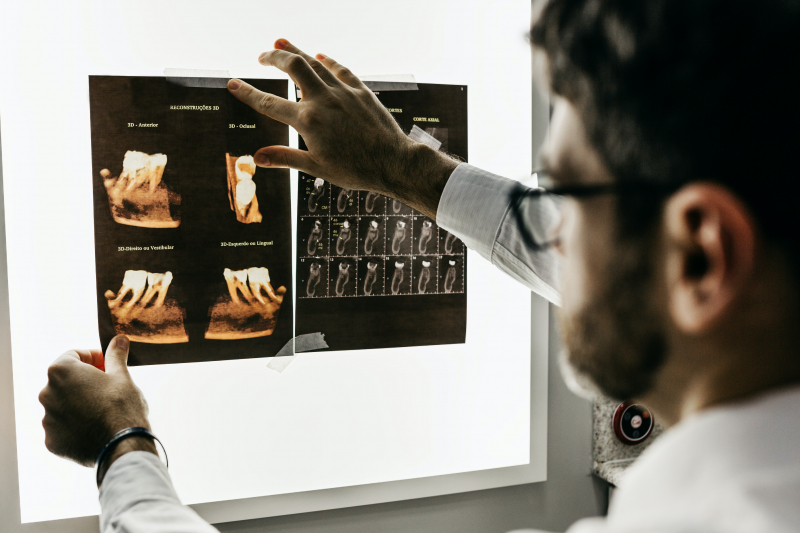Quantum key system for secure mobile transactions. A prototype device, developed by researchers from Oxford University, communicates rapidly and securely with a receiver using unbreakable light-based encryption. Their prototype system uses ultra-fast LEDs and moveable mirrors to send a secret key at a rate of more than 30 kilobytes per second over a distance of 0.5 meters.
Good vibrations. A procedure, known as whole-body vibration, may be helpful in illnesses from cerebral palsy to chronic obstructive pulmonary disease. Now, a new study of obese mice reveals that whole-body vibration provides similar metabolic benefits as walking on a treadmill.
A blood test for autism. An algorithm based on levels of metabolites found in a blood sample can accurately predict whether a child is on the Autism spectrum of disorder (ASD), based upon a recent study by Rensselaer Polytechnic Institute.
X-rays reveal artistry in an ancient vase. Cantor Arts Center's Art + Science Learning Lab and the Stanford Synchrotron Radiation Lightsource (SSRL) at SLAC National Accelerator Laboratory used X-rays to uncover ancient art masterpieces. The mysterious black, red, and white colors of ancient Greek pottery can be read in elements -- iron, potassium, calcium and zinc -- and art history may be rewritten.
Happy spouse, happy house! Researchers at University of California, Riverside, studied the use of first-person pronouns (I, me, you, your) in normal conversations among spouses and found that focus on the spouse, rather than on the patient, lent to better marital quality for both partners. It was an indicator for us that the couple thought of themselves as a team, or a unit--not exclusively focusing on the patient.




